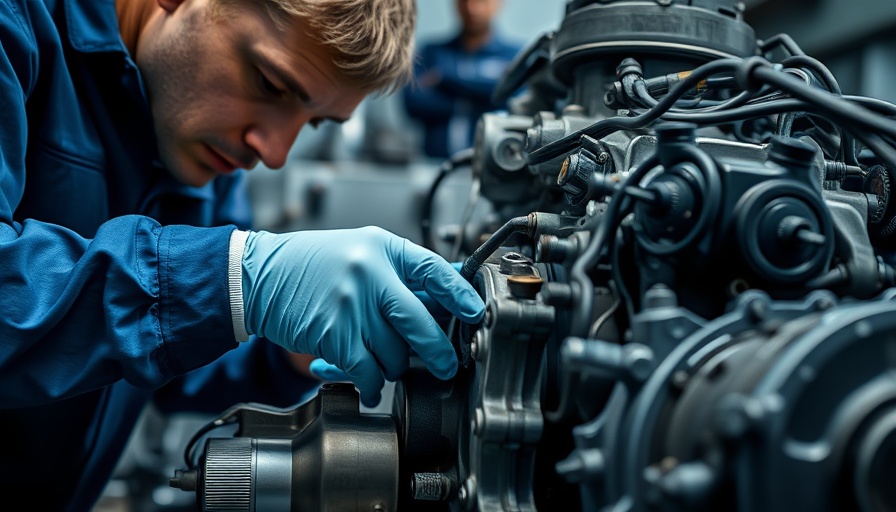
The Rise of Remanufacturing: A Strategic Imperative for Industries
In today's fast-evolving economic landscape, remanufacturing stands out as a crucial strategy for businesses seeking competitive advantages. This process of restoring used parts not only extends the lifecycle of components but also plays a pivotal role in enhancing supply chain resilience, promoting sustainability, and achieving cost-effectiveness. The remanufacturing market is projected to grow substantially, expected to reach around $126 billion by 2030, reflecting its increasingly critical role across sectors from automotive to electronics.
Understanding the Remanufacturing Process
At its core, remanufacturing is defined as the practice of rebuilding a product to meet or exceed the specifications of the original item. In the automotive sector, this involves carefully disassembling components such as engines and transmissions, cleaning, inspecting, reconditioning, and finally testing them to ensure they perform effectively. This meticulous process addresses the overall sustainability challenge by minimizing waste and conserving valuable resources.
Challenges in the Remanufacturing Landscape
Despite its advantages, the remanufacturing sector faces various challenges, notably the unpredictable supply of used parts or “cores.” Companies must navigate complex pricing structures and vast quantities of data generated from warranties and maintenance. Moreover, the industry often grapples with establishing effective quality assurance processes, further complicating the remanufacturing landscape.
The Environmental Edge: How Remanufacturing Champions Sustainability
As industries increasingly pivot towards sustainability, remanufacturing positions itself as a critical component of the circular economy. By reducing reliance on virgin materials, companies can lower their carbon footprint, align with global environmental mandates, and address consumer demand for more sustainable practices. Remanufactured parts, which deliver reliability at a fraction of new parts' costs, are progressively being recognized for their environmental benefits.
Future Trends and Innovations Driving Remanufacturing
Emerging trends suggest a growing integration of advanced technology in remanufacturing processes. Automation, AI, and IoT systems are being harnessed to enhance precision, efficiency, and data management. For instance, AI-driven inspection systems ensure quality control by detecting defects during the remanufacturing process. Additionally, innovations such as digital twins are being adopted to simulate remanufacturing scenarios, providing businesses with the flexibility to customize their processes effectively.
Conclusion: A Path Forward in Remanufacturing
In light of the challenges and opportunities remanufacturing presents, decision-makers across industries need to pursue innovative solutions that leverage technology while addressing core challenges. By focusing on sustainability and operational efficiency through remanufacturing, companies can not only improve their bottom line but also contribute significantly to environmental goals.
As we look to the future, embracing remanufacturing will prove critical as industries face heightened pressure from regulatory bodies and environmentally-conscious consumers. Industry players must remain agile and innovative to harness the benefits of this strategically vital sector and the profits it can generate.
 Add Row
Add Row  Add
Add 




Write A Comment